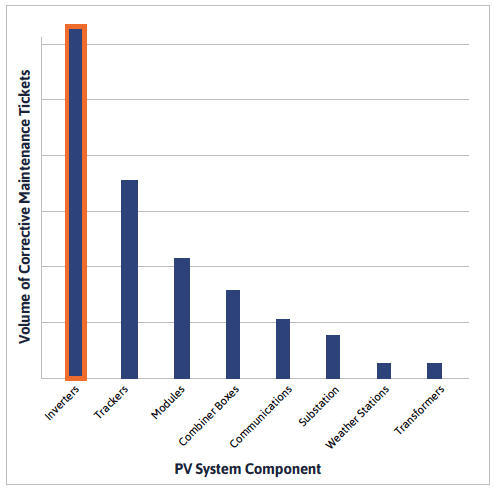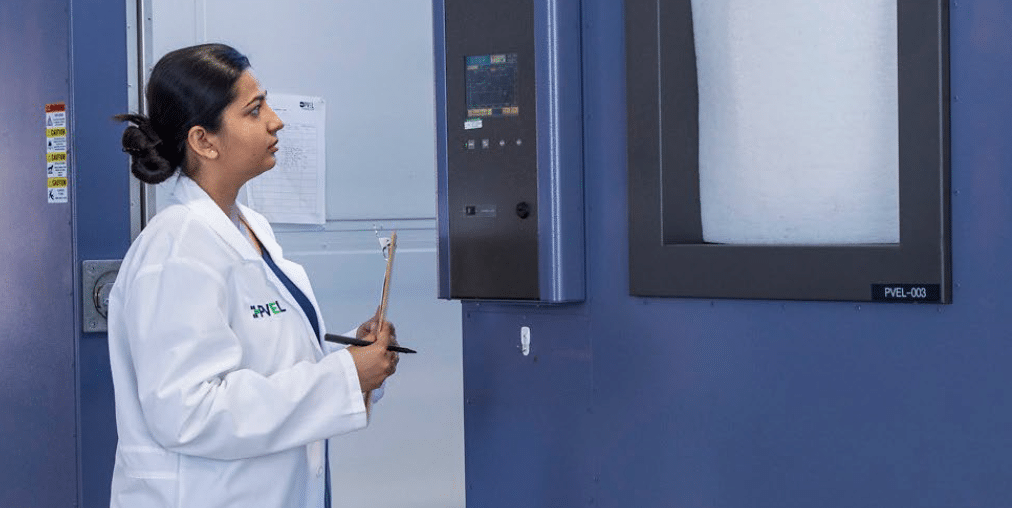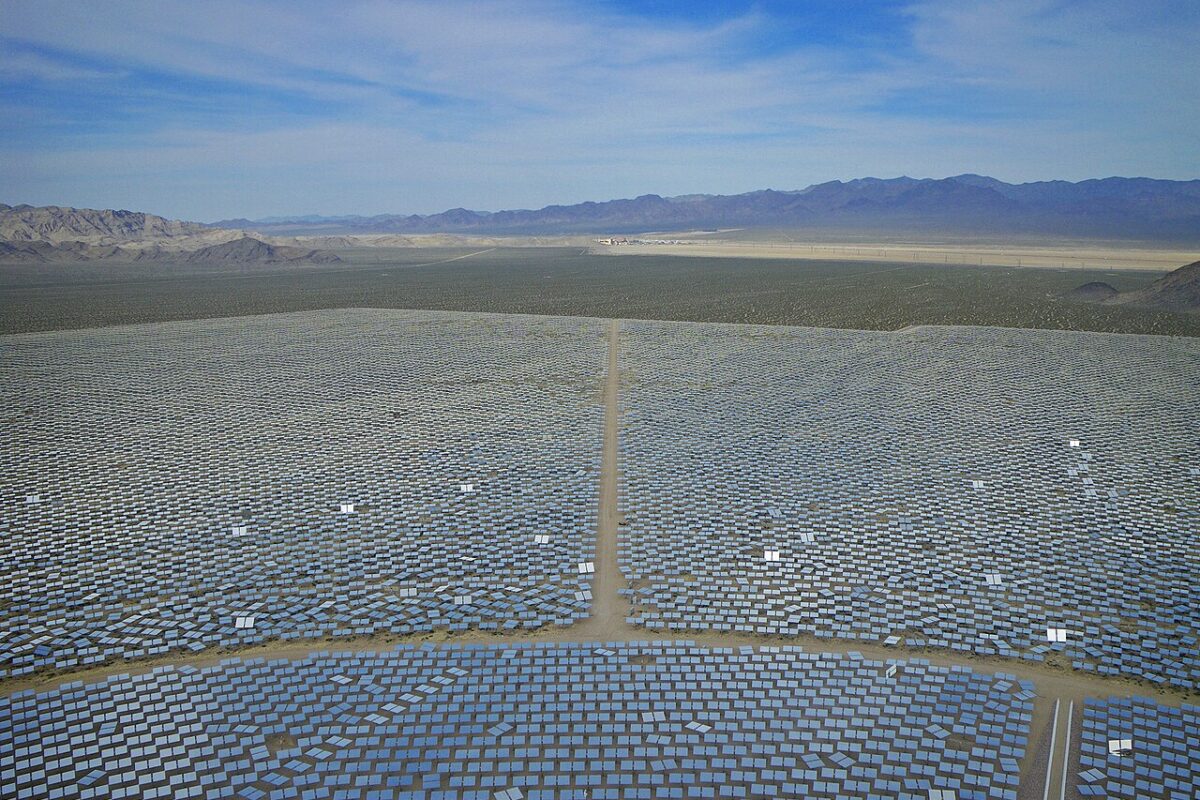For the past five years, PV Evolution Labs (PVEL) has been publishing the definitive assessment of PV module reliability with its module scorecard. Now the company has turned its unforgiving eye on the world of inverters, and what they have found is not pretty.
PVEL’s first inverter scorecard revealed that 1/3 of the products tested failed their Arc Fault Test, 21% failed the Damp Heat test and 25% the Humidity Freeze Test.
 The company says that this seemingly shocking result is in line with independent studies that show that inverters are the top cause of maintenance calls at PV plants. And this can have a real impact on whether or not projects end up making money for their owners.
The company says that this seemingly shocking result is in line with independent studies that show that inverters are the top cause of maintenance calls at PV plants. And this can have a real impact on whether or not projects end up making money for their owners.
“The profitability of solar PV projects depends on inverter reliability,” stated PVEL CEO Jenya Meydbray. “When inverters fail, financial losses from reduced energy yield are compounded by ballooning maintenance costs – and even successful warranty claims do not fully compensate asset owners.”
Quality vs. reliability testing
This is even more true when plant owners are not ready for the impacts of inverter failures, and PVEL notes that the actual field performance of inverters often does not line up with the predictions made by inverter manufacturers.
In the scorecard, PVEL cites another study of 400 inverter failure reports, finding that the cumulative cost of inverter ownership was much higher than anticipated for two of four inverter types.
Many PV plant owners may be surprised and unprepared for these failures when they are using products that carry the stamps of major standards and certification companies. Despite the high rates of failures found by PVEL, all the inverters tested were certified by UL and/or IEC. From the report:
Existing certification tests are focused on short term wear-out; they’re not designed to consider long-term reliability and durability, nor do they evaluate inverters within the PV system as a whole.
Top performers
As has been the case with its module reliability scorecard, PVEL does not name which companies failed which tests, but does call out the top performers.
And while no one manufacturer appears to have aced all the tests, Delta’s products appear to have shown up among the top performers in more categories than any other inverter maker, with a number of Huawei products also being recognized.
However for each test different inverter models were generally recognized, supporting the conclusion that even among manufacturers some inverters did very well at some tests, and some inverters at others.
And regardless of which inverters did well on tests, this does not mean that they will not end up being replaced over the lifetime of a solar project. At the end of the day no test is a perfect indicator of performance, and accelerated lifetime testing is not the same as actual time in the field. Given how the vast majority of solar installed to date has been put online in the last 10 years, that’s something that PV system owners are going to have to deal with.
Per the report:
Most PV inverter manufacturers offer standard ten-year warranties for their products, unlike PV modules, which are usually warranted for 25+ years. Every asset owner today is likely to contend with warranty mismatch in the future – even if their inverters are Top Performers.
But what PVEL can say is that with more individual attention, it is likely that inverter makers are going to up their game. The company notes that when it began testing PV modules in 2010 it saw “tremendous variability” in performance across modules and across tests, but that as a result of more informed buyers, it has seen performance improve over time.
“We now have an opportunity to make a similar impact on the inverter market” notes the report.
This content is protected by copyright and may not be reused. If you want to cooperate with us and would like to reuse some of our content, please contact: editors@pv-magazine.com.









Thank you for the article. This testing doesn’t seem to include microinverters, does it?
You are welcome. I do not know exactly which products were tested but I did not recognize any microinverters listed among the “top performers”.